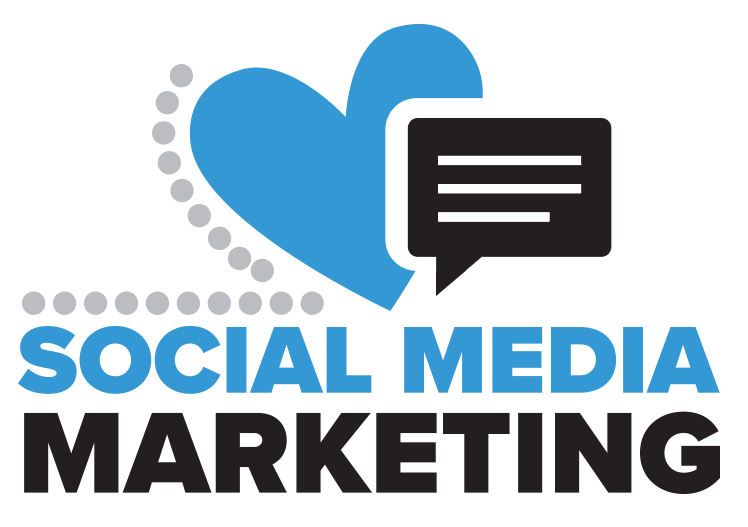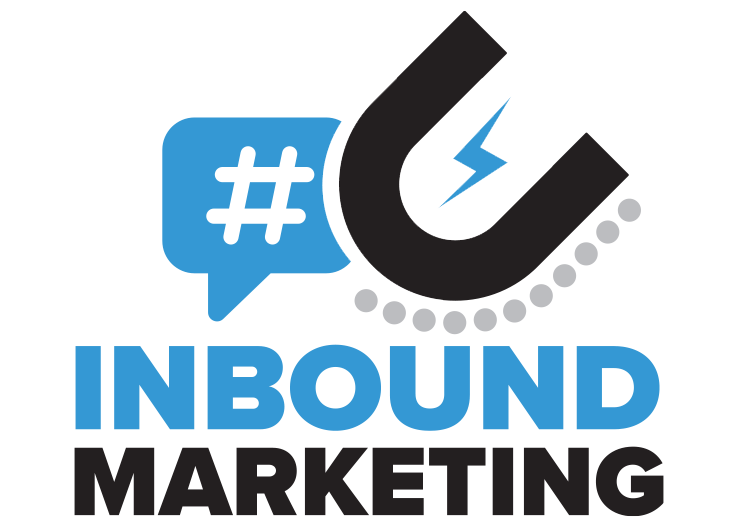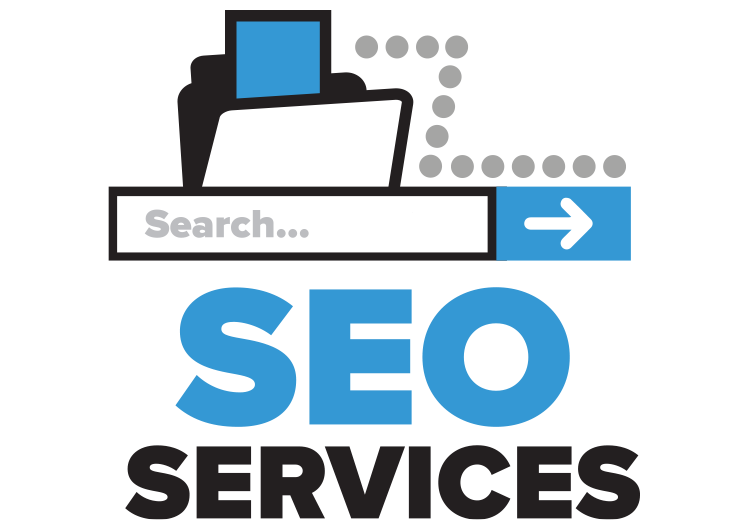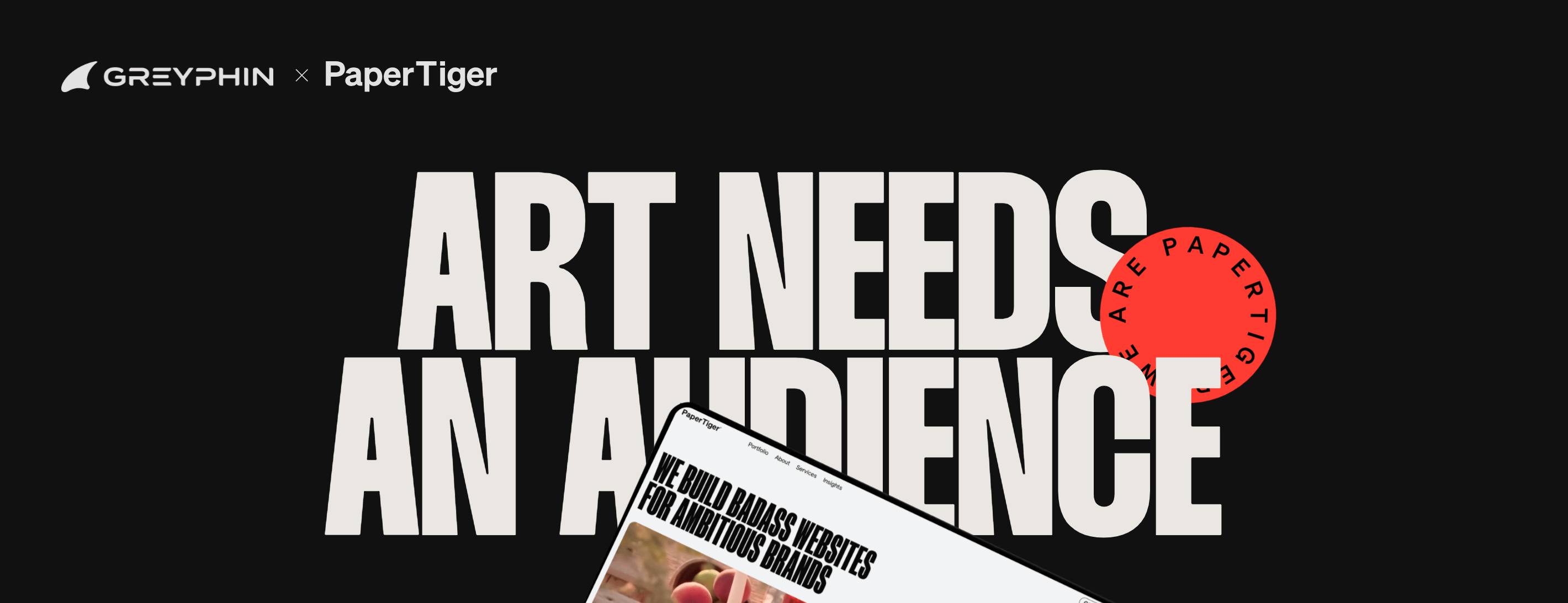![Transactional Emails [Best Practices for Your Email Marketing Strategy]](https://blog.greyphin.com/hubfs/greyphin-transactional-emails%E2%80%A8.png.png)
At this point we bet you’re wondering if we’re tired of writing so much about email marketing. The truth is, we could never be! Email marketing is such a valuable method for helping drive high-quality traffic to your website. So far, we’ve talked about the best practices for lead nurturing emails, email newsletters, and announcement emails; so now’s the time to dive deep into the world of transactional emails.
What are Transactional Emails?
Those of you who have been keeping up with the Greyphin blog should be slightly familiar with transactional email since we talked about them in our post titled Email Marketing Examples [Types of Marketing Emails]. However, if you’re new here - welcome - and here’s a quick overview of transactional emails.
Transactional emails are sent to a targeted subset of your contacts when a specific action is performed on your website. So, in exchange for a certain action, the contact receives an email from your business either confirming, thanking, or welcoming them to your email list.
Let’s take a closer look.
Types of Transactional Emails
There are three types of transactional emails that you should know about for your email marketing efforts. These include the following:
- Welcome Emails: Welcome emails are sent to certain contacts whenever they sign up for a newsletter or another type of lead generator on your website. While not necessarily required, welcome emails are encouraged because they are great tools for helping you build a relationship with potential clients. Welcome emails show your contacts that you care about them caring about you.
- Thank You Emails: It’s pretty easy to guess what thank you emails are all about. Whenever someone fills out a form on a landing page, your business should send them an automated thank you email. Of course, you’ll want to personalize these in order to make your contacts feel special and as if they’re more than just a number (HubSpot’s email marketing tool has great options for this). In addition to a thank you message, these emails should include a link to download the resource they signed up for on your original landing page.
- Confirmation Emails: Perhaps the simplest of all the transactional emails are confirmation emails. Simply put, confirmation emails are sent to a contact in order to confirm that a specific action was taken; such as signing up for an event, a newsletter, or when purchasing a product or service.
Best Practices to Follow for Transactional Emails
Knowing the difference between thank you emails, confirmation emails, and welcome emails is a pretty sweet feeling. But knowing this information isn’t enough - you must also consider these best practices when crafting your transactional emails within your website’s workflow.
Clearly State Your Message
One of the most important best practices for creating a transactional email is to clearly state your message. It’s important that your contacts understand that these types of emails are not marketing emails, but rather an email to confirm that an action has been taken - such as signing up for a lead generator. Transactional emails shouldn’t be a place to push other types of content. Save marketing information for email newsletters and announcement emails, and keep your transactional email simple.
Design for Mobile
Like other emails, your transactional emails should be designed with mobile-first in mind. While all of your emails and web pages should look amazing on a desktop or tablet, you should also be conscious about how they appear on a mobile screen. Let’s face it - smartphones rule the world. Don’t miss out on an opportunity to reach more people by failing to plan for mobile design.
Personalize. Personalize. Personalize.
As long as you have your customer’s name, you should always aim to personalize your emails so that they’re addressed to them personally. So, instead of having a greeting on an email such as “Hello customer,” something more personal like “Welcome, Jenna,” will resonate more with leads and show your potential customers that you care about them as a person. You may also try to be sure to consider the customer’s timezone when sending out emails that have time stamps or time sensitive information.
Make Unsubscribing Easy
Of course, you want your leads to stay on your email list as long as possible. But, sometimes, unfortunately, people grow tired of receiving emails and go on a spree of unsubscribing from email lists. Making it easy to unsubscribe or change notification settings within the email you send sends a signal to your subscribers that you’re not trying to spam them and that you’ve taken the subscriber’s needs into account when creating the email template.
Keep the Design Simple
It’s no secret that we live in a digital world with tons of information vying for our attention. That’s why it’s important to keep your email design simple. Presenting the message you want to convey to your leads in a clear and simple way prevents them from getting lost in the shuffle of lots of wording, a wild design, unnecessary graphics, and more. The rule of thumb is this: is it necessary for your message or branding? Then leave it in. If it’s not, leave it out.
If you need help with your email marketing strategy, don’t fret - Greyphin’s here for you. Contact us to learn more about how our inbound marketing services can help your business grow online!









